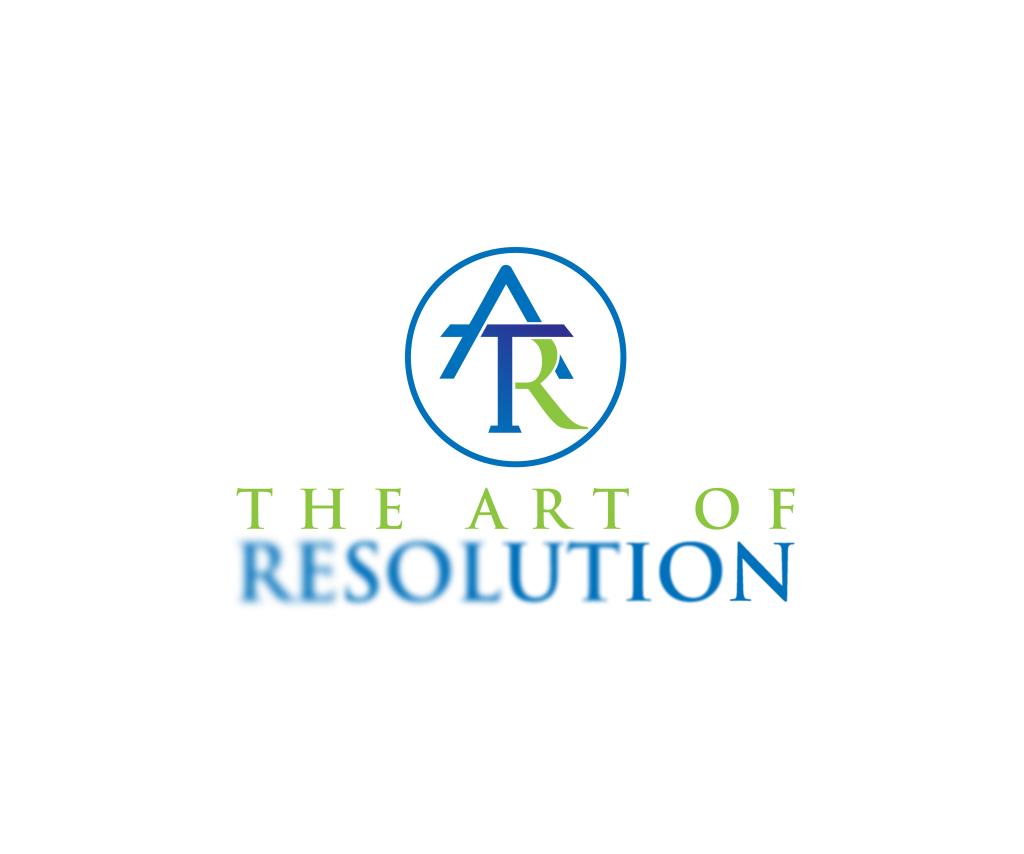by Andrew Flake
Since I took a first look ChatGPT in November 2022, the world of generative AI, in the area of litigation and ADR as elsewhere, has been on a remarkable journey. Recognizing the transformative nature of this technology, many of us now view our practice through the lens of pre- and post-ChatGPT. And while it is still possible for our colleagues to continue their work as if nothing has changed, I’m hearing consensus that it won’t be possible to do so much longer.
In short, we are in the midst of a significant shift. The pace of change is so rapid that making predictions beyond the next six to eight months would be unwise. Moore’s law, which describes the exponential growth in chip processing power, is likely to be outpaced by the even more accelerated development of large language model AI.
Still, while we can permit ourselves a day or so of understandable existential worry about the role of human practitioners, remember: it may be happening much more quickly, but this is not the first, nor will it be the last, major shift in technology.
And in the alternative dispute resolution world, we are, after all, problem-solvers. As we have before, we can and really have to take a practical approach, hands-on and curious, and consider how we can harness these new technologies to benefit the profession and the public.
On that front, there’s great reason for optimism: Dispute prevention is one area where AI can make a substantial impact.
Extensive research has been conducted on how to make the justice system more accessible, particularly for those with limited resources. Promising work in online dispute resolution, which has largely focused on developing and offering evaluation tools through court systems, predates the public rollout of large language models.
Richard Susskind’s book, “Online Courts and the Future of Justice,” already in 2019 offered valuable insights on this topic. In fact, he presciently wrote “As we venture deeper into the 2020s, I anticipate that the impact of AI on our personal lives and on our social, political, and economic institutions will become pervasive, transformational, and irreversible. The law and courts will not be exempt.” But where Susskind saw the most fundamental types of transformations occurring in the 2030s, we’re seeing them as I write.
I’d like us to begin thinking and talking about all of the potential applications for us in ADR. On the judicial side, those could include:
1. Defining Issues: ChatGPT-4 class tools already have the capability to upload basic background documents and help parties identify the key issues.
2. Facilitating settlement: Automating and documenting initial exchange of proposals, similar to tools already available through platforms like the American Arbitration Association’s Online Settlement Tool for parties in arbitration, could be tremendously useful.
3. Providing Early Case Evaluation: The evaluative aspect of AI tools is expected to improve rapidly within the next six to eight months. With the expectation that OpenAI introduces GPT-5 this year, and new versions of other products like Google’s LaMDA, we should have plentiful open-source and closed-source applications to serve as the basis for programs that provide parties an option for early case evaluation. To get there will require starting a research and piloting process at the local court level; a critical part will be establishing ground rules and ensuring appropriate human oversight.
As we proceed, I see the most promise in a series of smaller, practical, experimental steps, as opposed to comprehensive programs or systems. We need to stay adaptable. In that spirit, these are just a few starting ideas, and I would love to hear from you with more.
We also need to keep an open mind, avoiding what Susskind calls “technology myopia”—the belief that today’s technology is all there is. There are simply going to be technologies and applications beyond our current understanding — just as we can be sure there are solutions out there to persistent problems like access to justice — and perhaps on a much nearer horizon that we can yet see.
